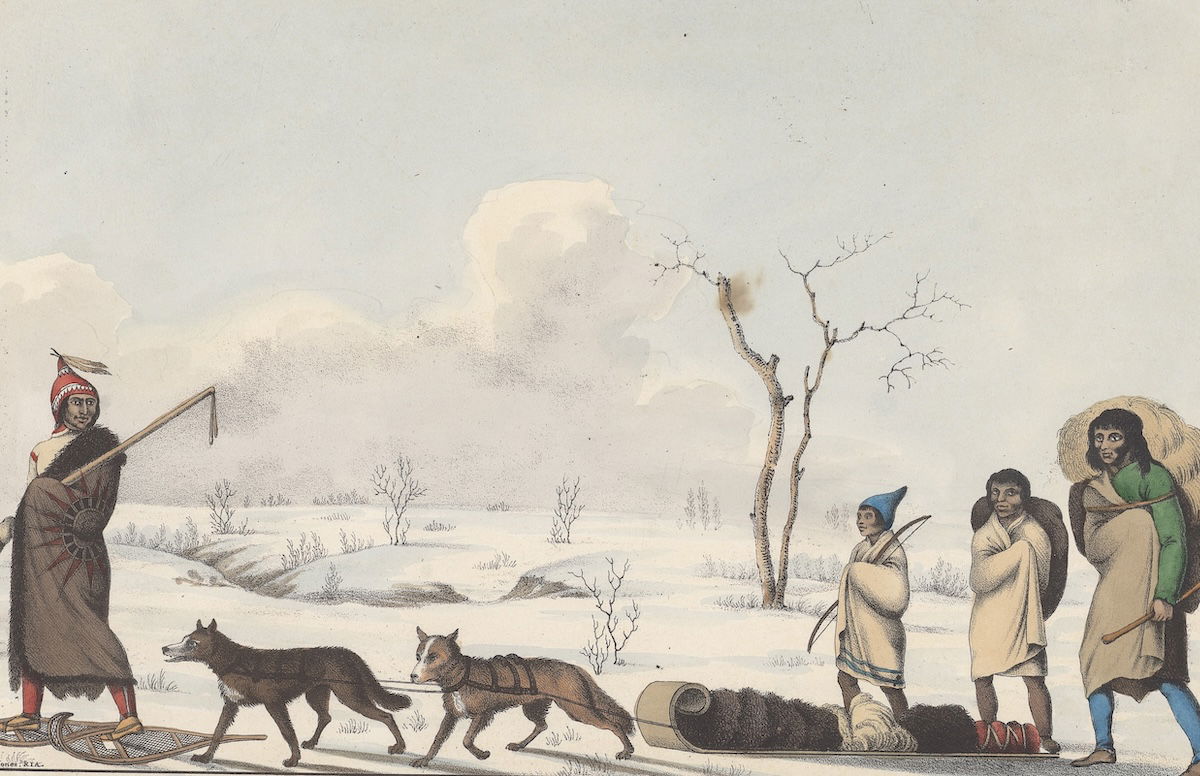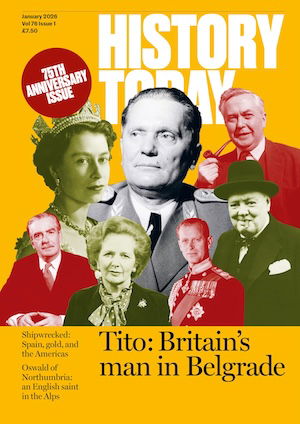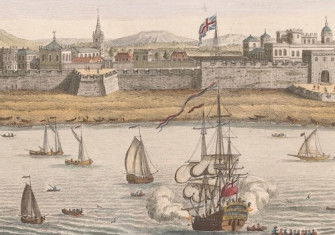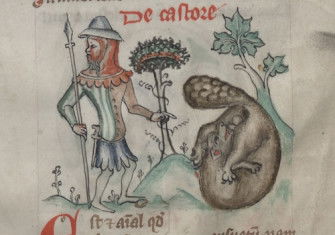Hudson’s Bay Company: The Lords of the Northern Forest
The incorporation of the Hudson’s Bay Company in 1670 reveals much about the personalities and rivalries of Restoration England.

The individuals who established the Hudson’s Bay Company were capitalists, promoters and imperialists. They never possessed the financial power or parliamentary lobby of the East India Company. But their interest in making profits in the fur trade, in discovering a northwest passage, and in undertaking scientific inquiry – in that order of importance – prompted these men to lay the basis of a firm that, by the height of its influence in the early 1840s, was engaged in business throughout most of British North America as well as in the Pacific cordillera south to San Francisco Bay, among the Pacific islands, and in Canton. Today, this organisation remains the oldest merchant trading company in the world and the oldest incorporated joint-stock merchandising company on the North American continent and in the English-speaking world.







